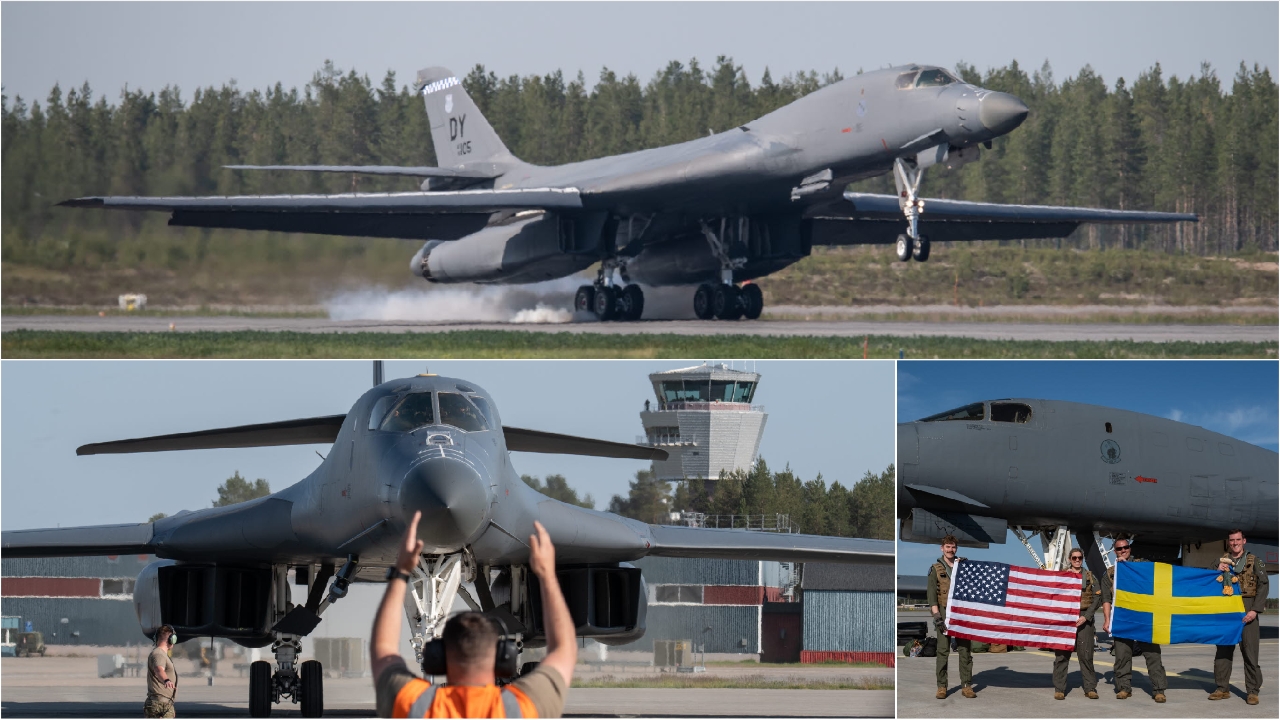"This is a historic event. In these troubled times and in anticipation of NATO membership, it is important to have strong partners. We have regularly exercised together with the Bomber Task Force where we have practiced the entire chain, from escort and liaison to live weapons operations, and now we are taking the next step in our cooperation by basing the B1-B Lancer on Swedish soil," says Deputy Chief of the Air Force Brigadier General Tommy Petersson in a press release.
The planes that landed on Monday were escorted by three Jas 39 Gripen, writes SVT. The newspaper reports, referring to the Air Force Commander, that the purpose of the exercise is to train for the defense of Sweden, on and above Swedish territory.
“We are doing this in Norrbotten, from Luleå, in a strategically important area for Sweden. We are doing it from Air Wing F 21, which is experienced in receiving and supporting other nations,” says Petersson to SVT.


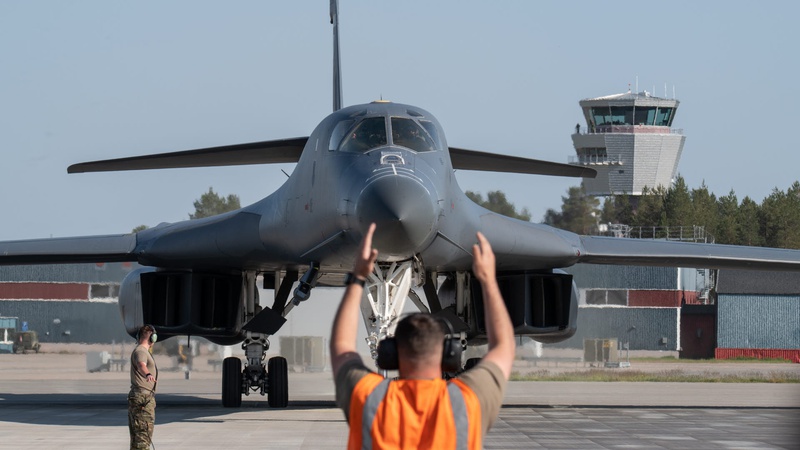
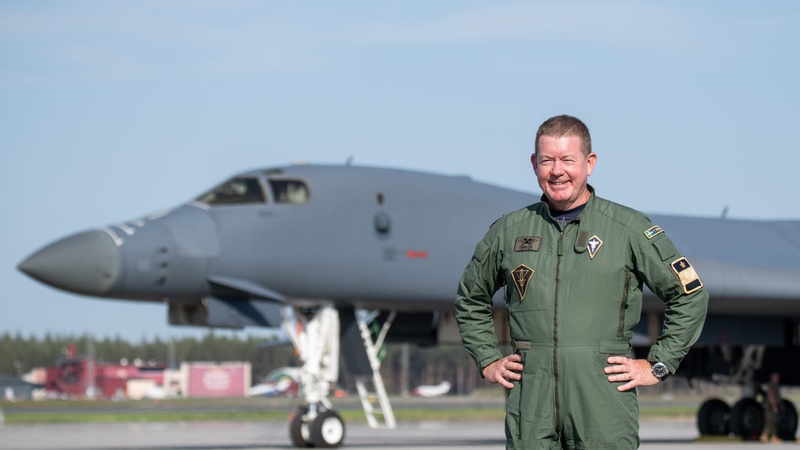
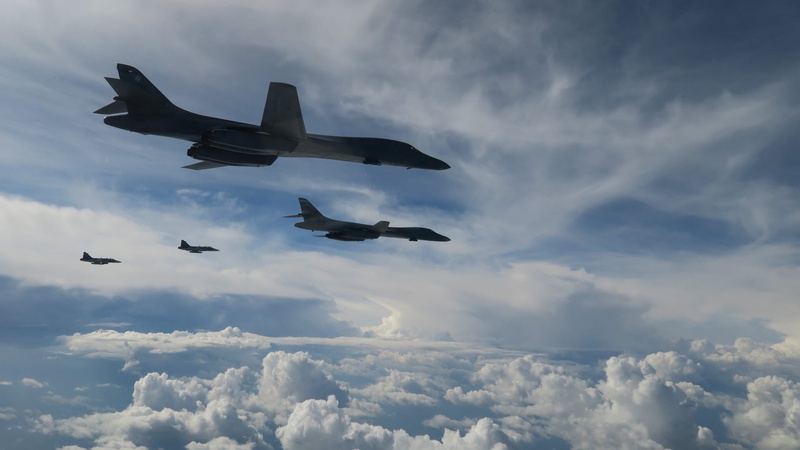

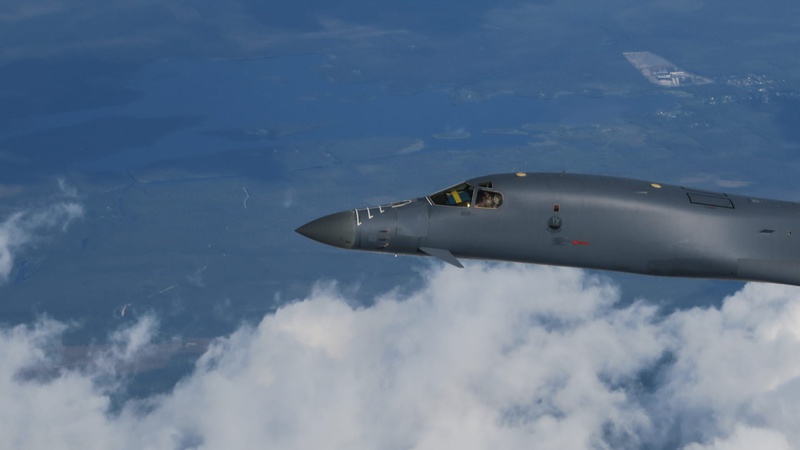
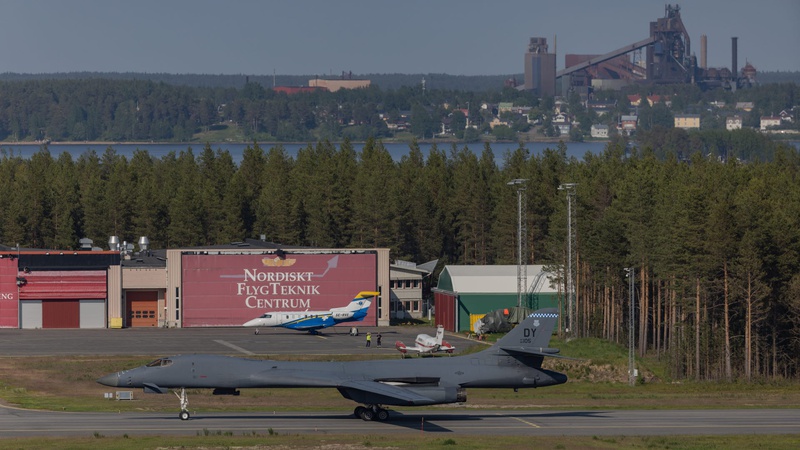
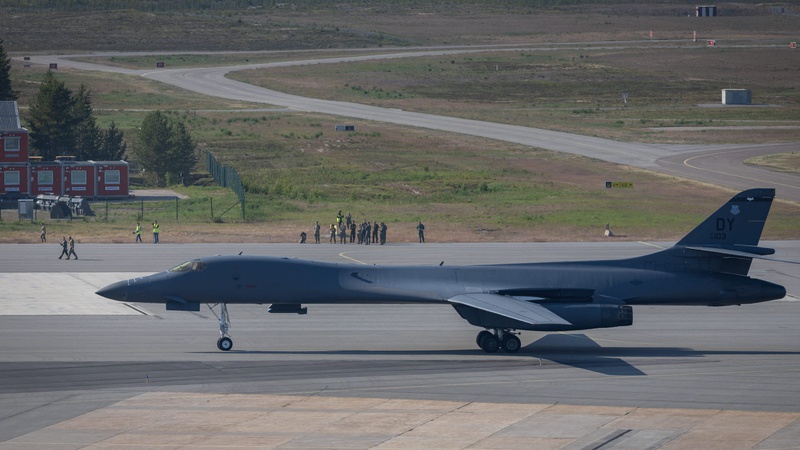
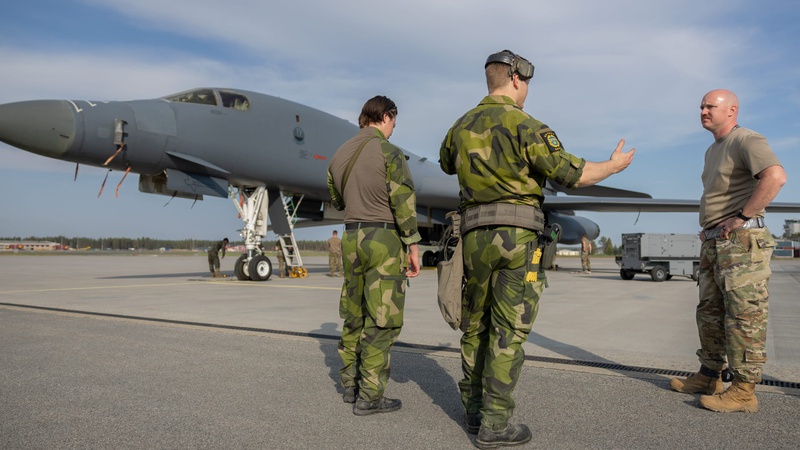
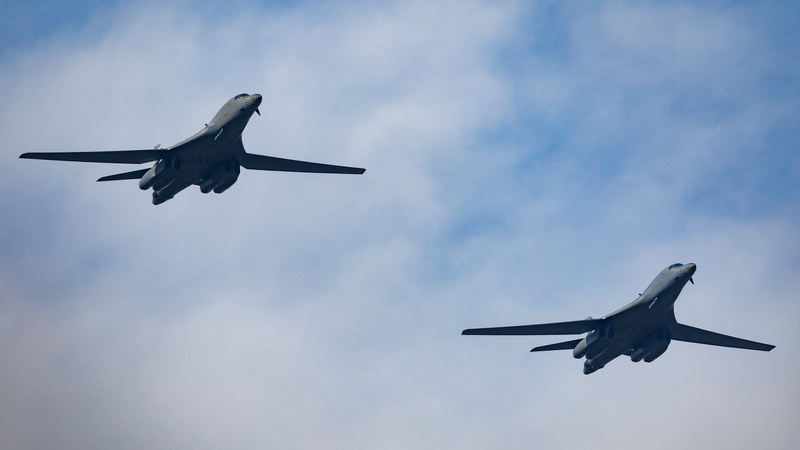
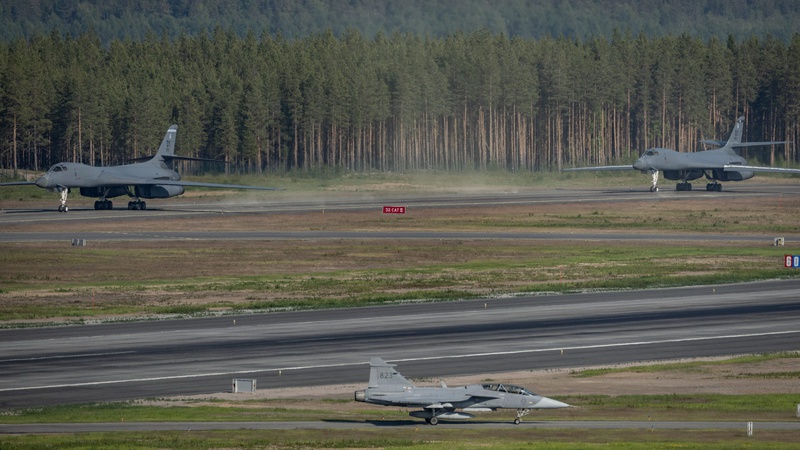
B-1B Lancer in Sweden. Photo: Jesper Sundström/Försvarsmakten
B-1B Lancer
The B-1B Lancer is a supersonic strategic bomber aircraft that is primarily operated by the United States Air Force (USAF). It is a long-range, multi-mission bomber designed to deliver a wide range of conventional and nuclear payloads. The B-1B Lancer is renowned for its versatility, high-speed capabilities, and advanced avionics systems.
Here are some key features and characteristics of the B-1B Lancer:
- Design: The B-1B Lancer has a distinctive appearance with its swept-wing design and four afterburning engines mounted under streamlined pods. Its wings can sweep back and forth, allowing it to adjust its configuration for different flight phases.
- Dimensions: The aircraft has a length of approximately 146 feet (44.5 meters), a wingspan of 137 feet (41.8 meters), and a height of 34 feet (10.4 meters). Its empty weight is around 192,000 pounds (87,090 kilograms), and its maximum takeoff weight reaches up to 477,000 pounds (216,363 kilograms).
- Speed and Range: The B-1B Lancer is capable of achieving speeds of Mach 1.25 (approximately 900 miles per hour or 1,450 kilometers per hour) at high altitude. It has an unrefueled combat range of over 6,000 nautical miles (11,100 kilometers), which can be extended with aerial refueling.
- Payload: The aircraft has an internal payload capacity of up to 75,000 pounds (34,019 kilograms) and can carry various conventional and nuclear weapons, including guided and unguided bombs, standoff missiles, and mines. It can deliver its payload both internally and externally, with a wide array of hardpoints and weapon stations.
- Avionics and Systems: The B-1B Lancer features advanced avionics and systems that enhance its capabilities. It includes an integrated electronic warfare system, radar warning receiver, defensive countermeasures, terrain-following radar, and a sophisticated navigation and targeting system.
- Crew and Cockpit: The B-1B Lancer is operated by a crew of four, consisting of a pilot, copilot, offensive systems officer, and defensive systems officer. The cockpit is equipped with advanced displays and controls to assist the crew in managing the aircraft's systems and conducting missions effectively.
- Capabilities: The B-1B Lancer can perform a wide range of missions, including long-range strike, close air support, air interdiction, maritime operations, and strategic deterrence. Its high-speed capabilities, long-range endurance, and large payload capacity make it a formidable asset in both conventional and nuclear scenarios.
The B-1B Lancer has been in service with the USAF since the 1980s and has undergone various upgrades to improve its capabilities over the years. It continues to be a vital component of the United States' strategic bomber force, providing a versatile and powerful platform for modern warfare requirements.
